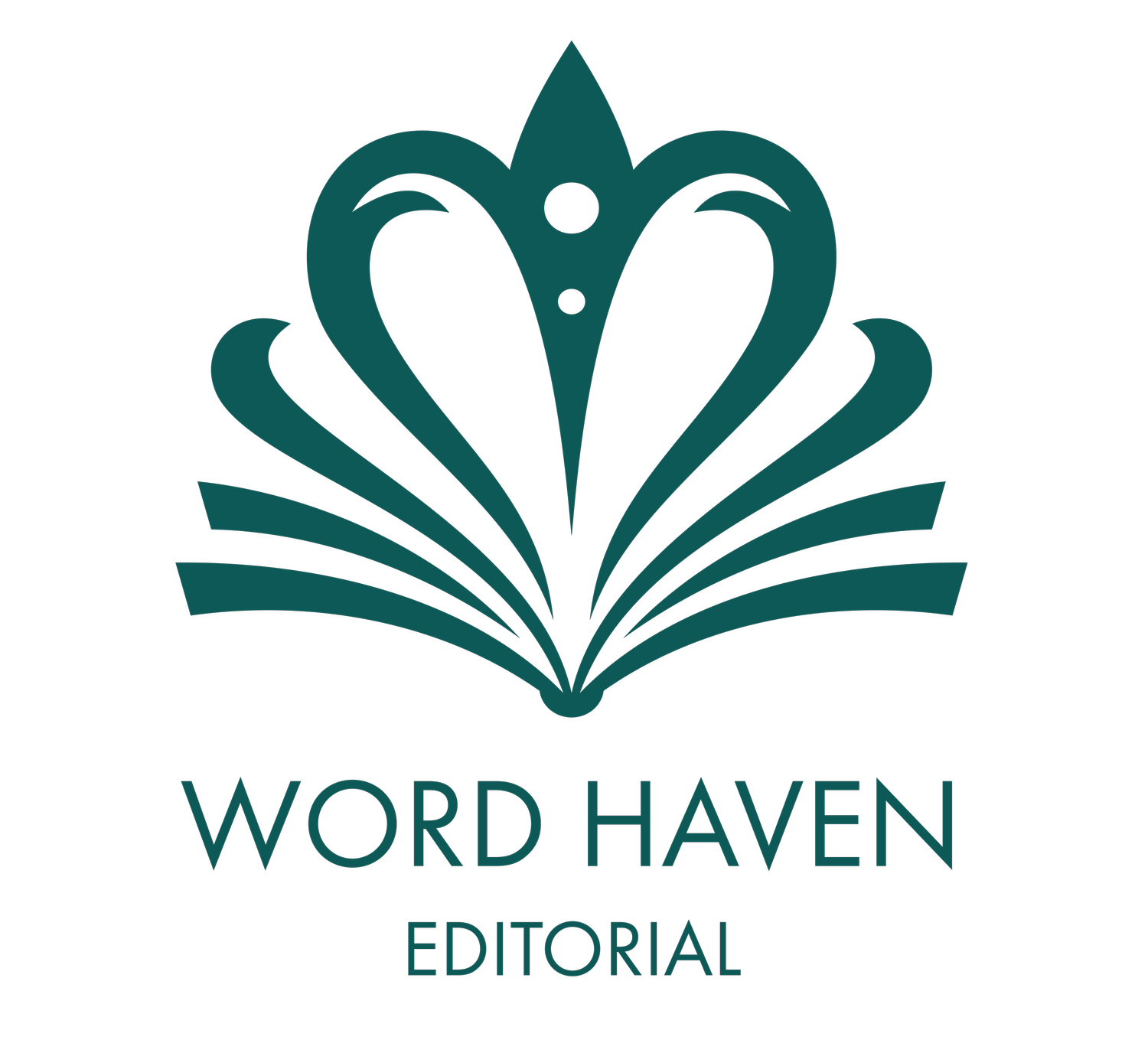DO I REALLY NEED A PROOFREADER AND A BOOK DESIGNER?
It’s a question I hear a lot. Many writers figure they can just have their mom or friend look over their manuscript for typos, google interior book design, and go to Canva to put together a book cover. A lot of people do that; it’s why self-publishing often gets a bad rap. (And indie authors often pull their hair out in the process!) It’s common to find self-published books that are riddled with errors and have covers that look, well, home-made. Those aren’t the ones with good sales, converting readers to customers, getting great reviews, winning in their categories on Amazon. If you’re writing your memoir or autobiography just for your family, you can get away with it. If you are putting a book out into the world and want it to be taken seriously, it’s important not to skimp. An error-free book lets people know you are an expert in your field. Here are some things to consider when deciding whether to hire these professionals.
Proofreading
When you hire a proofreader, you’re getting a professional who has never seen your book before to have a final look at it. They are trained to read slowly for errors, whereas most of us read for content. Our brain has an autocorrect feature that’s very hard to override. For example: Yuo cna porbalby raed tihs esaliy desptie teh msispeillgns. Proofreaders catch things like “grey” used in American English, a comma outside a quotation mark, use of the second listed spelling of a word in the Merriam Webster dictionary, not having a nonbreaking space where you need one, the apostrophe going the wrong way in ’90s—problems we either can’t see or didn’t know existed.
When a manuscript changes hands, errors are often introduced. It’s easy to fix something only to realize you accidentally deleted the space after a word or added an extra one. Traditionally published books generally have around six to eight professionals combing through for errors before a book goes to print. One of the reasons they use different people instead of having one person go through that many times, is twofold. One, we see what we expect to see; when you’ve been working on a text, you know what it is trying to say, so that’s what you see. Two, when you catch one error, the likelihood of your noticing other nearby mistakes falls by about 70 percent. The brain says, “I found the mistake! My work is done here.”
Proofreading classically means just that—reading the proofs. A final look at the book once it has been designed and formatted. These days in the self-publishing world, many authors choose to hire a proofreader before the book gets formatted, and many book designers prefer it. It can be expensive and very time consuming to make more than a few very minor changes once the book designer is finished. If you hire your proofreader after all your editing is done, but before you send your manuscript to your book designer, you can take care of most errors (ideally all) before the design stage.
Cover Design
Maybe you shouldn’t judge a book by its cover, but of course everyone does. The cover is your book’s first impression, your chance to pull in or repel a reader, and that makes all the difference. Whether it fits into its genre, works as a thumbnail, has the right number of typefaces, colors, design elements, all matters. Your cover designer should know about industry trends and genre norms. They take care of your book’s cover, spine, and back cover as well. They will make sure your book appeals to your target audience, and can help you use your cover art for marketing. If you want a professional looking book, hire a professional to work on it.
Interior book design
When each of your pages looks polished and professional, people trust you. They are more likely to believe what you are saying. Your style will be carried throughout the book so that all the parts of your book—cover, spine, back cover, interior, and marketing—all have a cohesive feel and professional appearance. Book designers know all the nuances of margins and typesetting, paper weight, and drop caps, so you don’t have to.
Next steps
Once you’ve chosen your editor and have that timeline set, you can go ahead and find your proofreader and book designer. Some schedule out a few months, so it’s not too early to get on their calendars. If you need recommendations, let me know—I’d be happy to point you in the right direction. Once you have that all set, you can start to think about your marketing plan, but that’s a discussion for another blog post!

